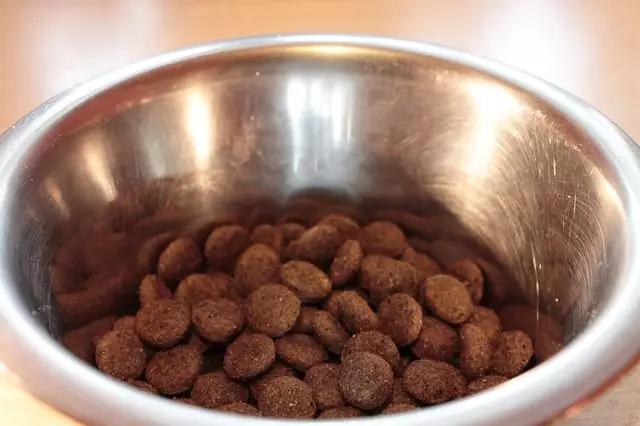As passionate dog owners, the well-being of our four-legged companions is paramount. With an abundance of dog food brands and varieties available, selecting a suitable option can be a daunting task. However, understanding harmful ingredients lurking in pet foods is essential in making informed choices that contribute to your dog’s health. This article delves into several additives you may wish to avoid and illustrates why they can be detrimental to your dog’s long-term wellbeing.
One of the most concerning aspects of commercial dog food is the presence of artificial colors. Ingredients such as Red #40 and Blue #2 might make a product visually appealing to pet owners at the store, but they come with potential risks. Scientific studies indicate that some of these colorants can have harmful effects on the health of both humans and pets, with Red #40 being banned in the European Union due to its suspected carcinogenic properties. Such additives not only distract from the nutritional value of the food but could also lead to health issues down the line. Hence, it is prudent to steer clean from foods containing these artificial enhancements.
When we look at ingredients like beef tallow, it’s essential to cut through the marketing hype. Beef tallow is essentially rendered beef fat, which may enhance palatability but lacks any real nutritional benefits for dogs. This particular ingredient does not contribute to a balanced diet and serves primarily to make food more enticing. Instead, opt for dog foods that utilize wholesome sources of fat, such as fish oil or chicken fat, which provide essential omega fatty acids and significant health benefits.
Corn syrup and other corn derivatives are common fillers in many dog foods. While corn is generally perceived as a vegetable with potential health benefits, its form used in pet foods is far from nutritious. Often, it serves merely as a sweetening agent, akin to sugar, making it easy for dogs to develop a preference for less nutritious options over healthy meals. Furthermore, corn is a common allergen for dogs and provides no significant nutrients. Avoiding corn helps prevent potential allergies and keeps your dog’s diet as healthy as possible.
Ethoxyquin is another ingredient to be wary of. While it may not be familiar to many pet owners, this controversial preservative has been linked to significant health issues, including liver dysfunction in dogs. Although its use is widespread in the US, it is important to note that it is banned in many other countries. For your dog’s safety, it would be wise to choose dog foods that use safer preservation methods, such as natural preservatives like mixed tocopherols (vitamin E) instead of synthetic ones.
When it comes to meat by-products, transparency is critical. These components can stem from any animal parts not deemed suitable for human consumption, which may include unhealthy or contaminated tissues. The ambiguity surrounding the sourcing of these ingredients should raise alarms. Similarly, meat and bone meal are not devoid of contaminants and often consist of low-quality meats that lack nutritional integrity. Understanding that high-quality protein sources should make up the bulk of your dog’s diet leads to better choices. Always seek dog foods that clearly outline their meat sources, ensuring they are from reputable, healthy animals.
It’s also crucial to address the grain controversy in canine diets. Many commercial dog foods contain grains like wheat flour or wheat gluten, marketed as protein sources. However, these grains provide little to no nutritional value while acting primarily as fillers. Dogs are not biologically equipped to process grains effectively, leading to potential digestive issues. As such, many veterinary nutritionists advocate for grain-free diets or those based on high-quality protein and vegetables.
Your choice of dog food plays a vital role in shaping your pet’s health and happiness. By understanding which ingredients to avoid, you can make empowered decisions that benefit your furry friend’s diet. Prioritize high-quality foods rich in natural, whole ingredients, and remember that every meal contributes to your dog’s overall well-being. A careful selection not only fuels their body but also promotes longevity and vitality. Armed with this knowledge, take the next step in providing your dog with safe and nutritious meals that enhance their quality of life—after all, they depend on you!

